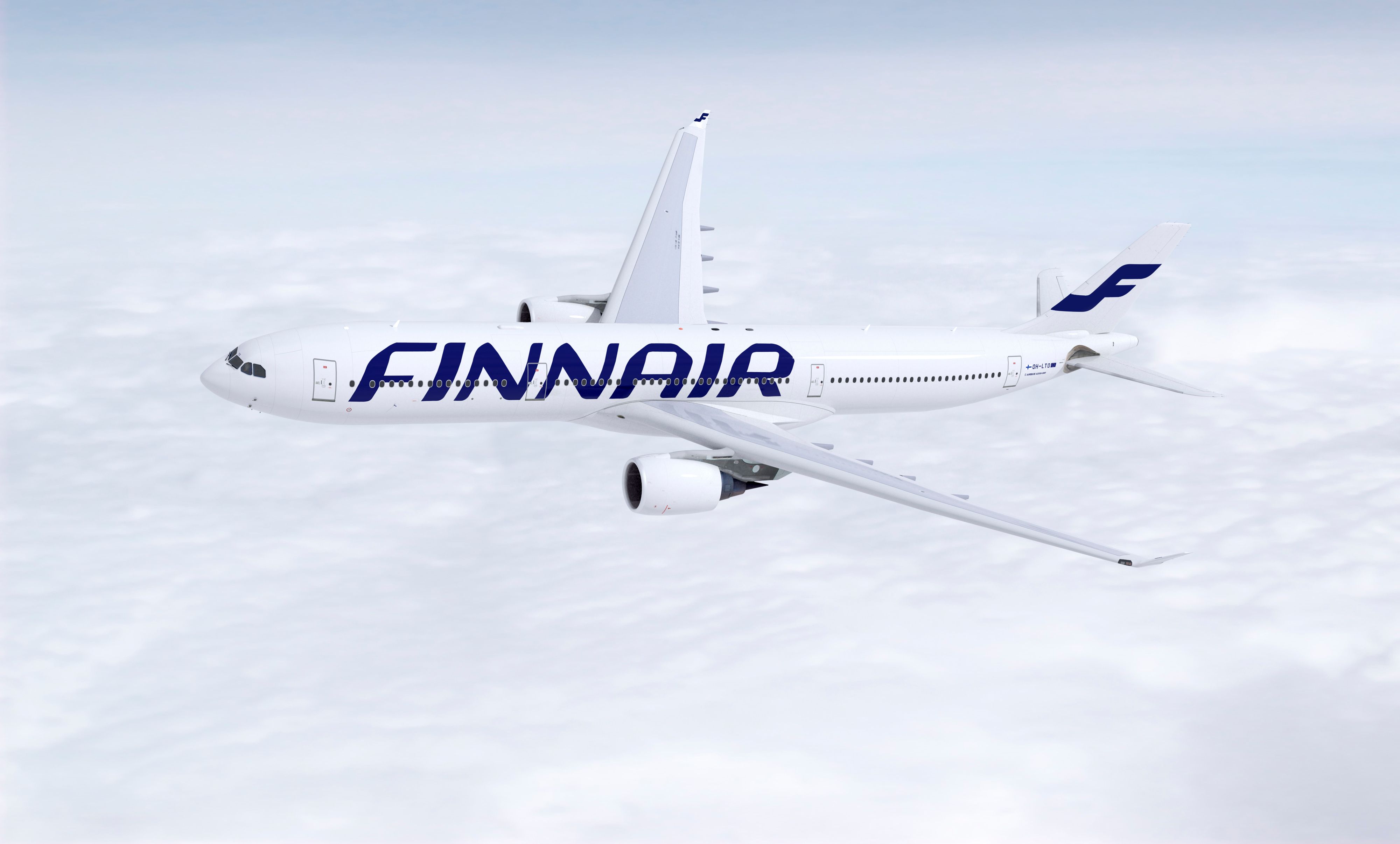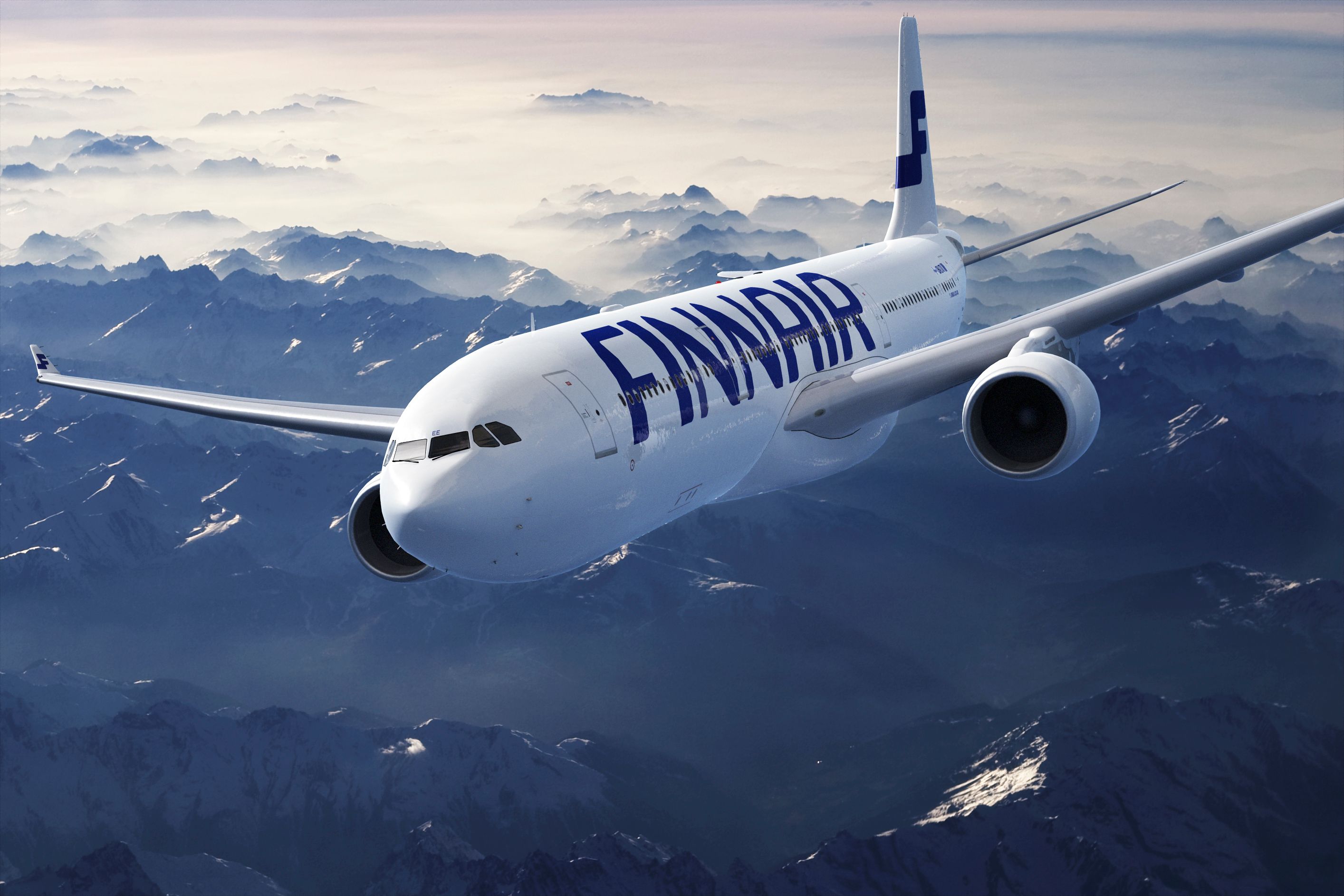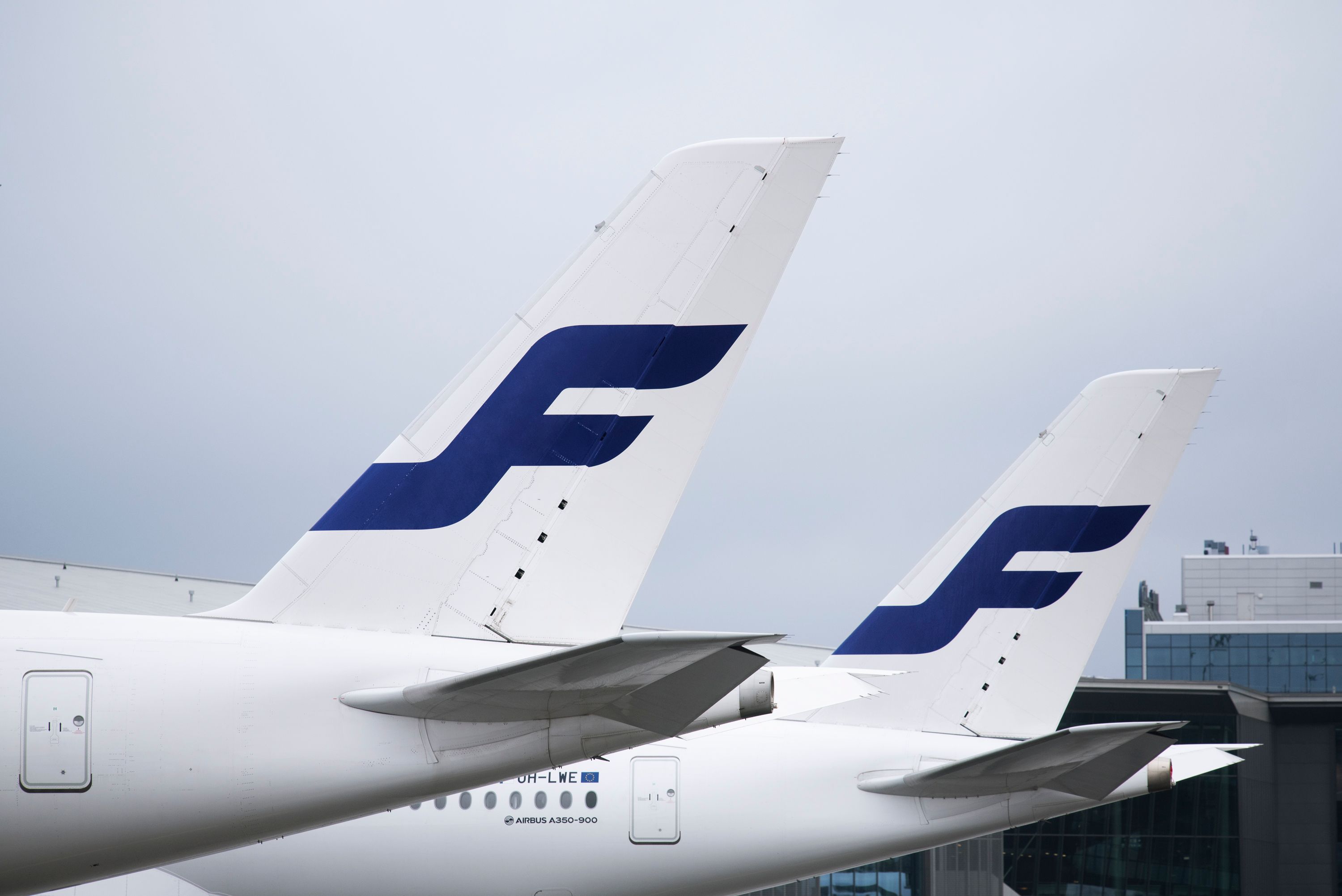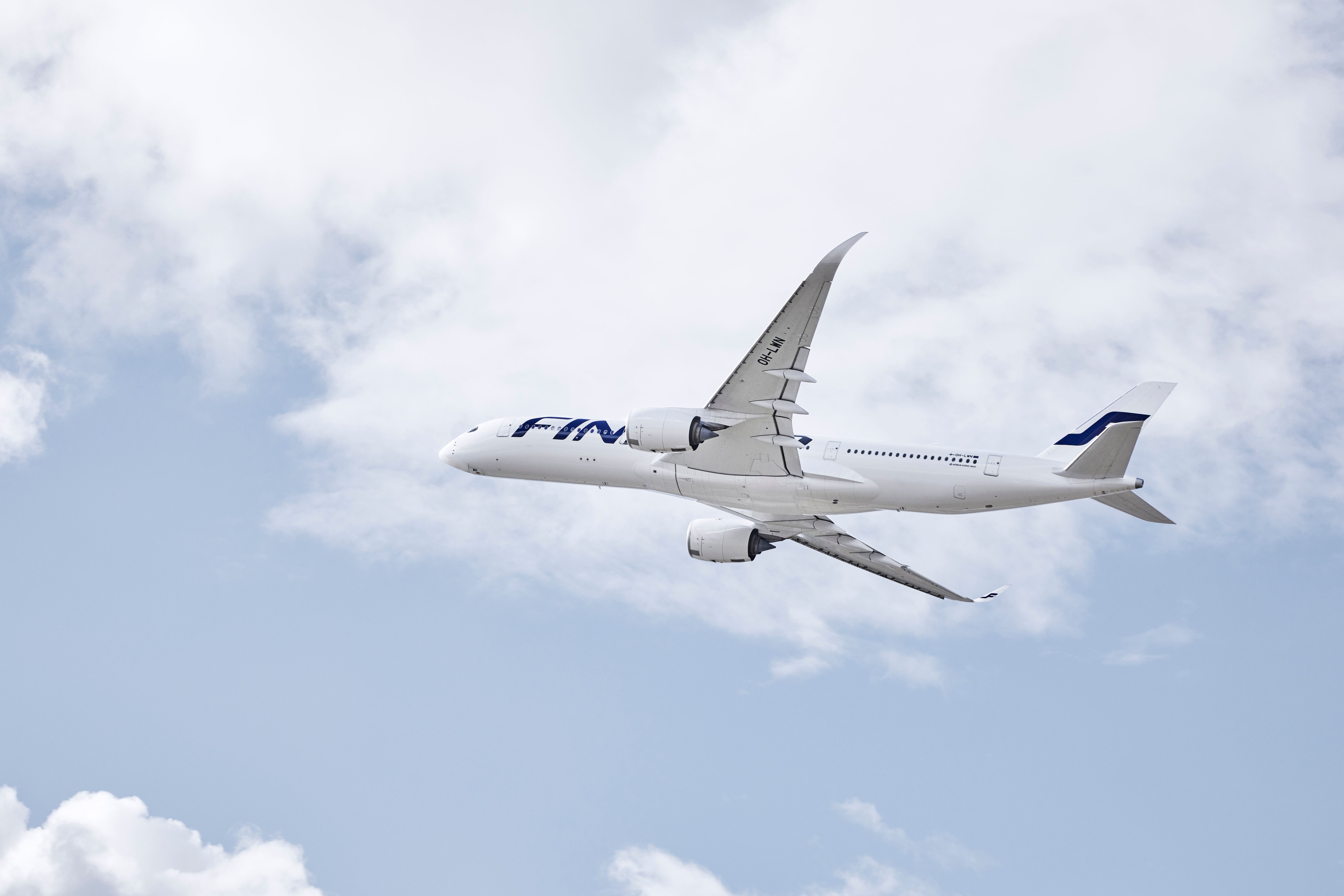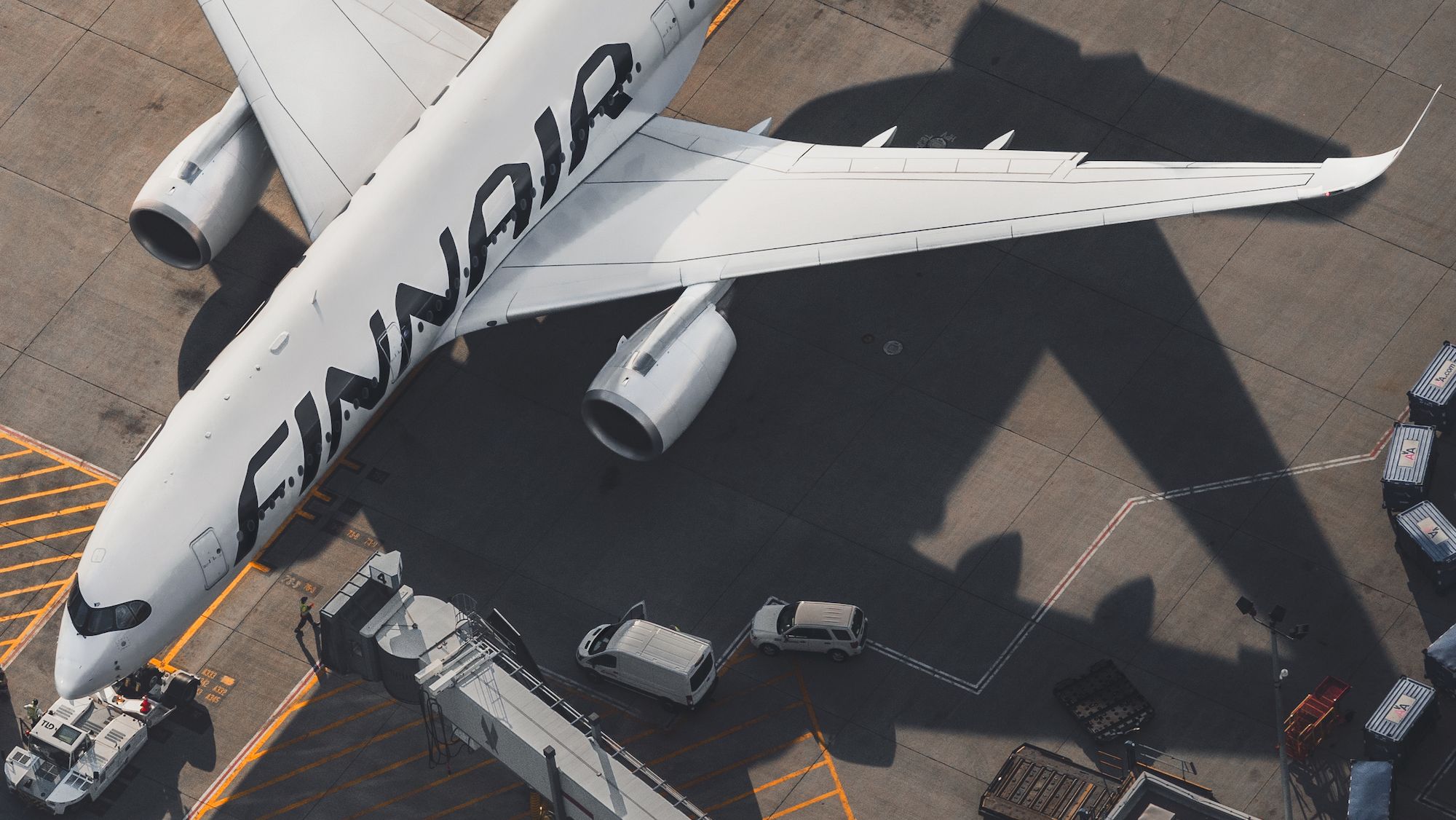The flag carrier of Finland is settling into a more geographically balanced network following the continued closure of the Russian airspace key to many of its traditional routes. According to Finnair, the related closures increased the flying time on its routes from Helsinki to Asian destinations by almost forty percent.
Finnair historically built on Helsinki's favorable geography to become a leading provider of flights between Europe and Asia. Some of the carrier's routes even fly over the North Pole. According to data by research analysis firm Cirum, Finnair operated more flights between Asia and Europe than Air France or British Airways. The airline served Tokyo, Osaka, Nagoya, Fukuoka, and Sapporo in Japan alone.
Following the closure of Russian, Ukrainian, and Belarusian airspace, the carrier faced severe difficulty routing several of its major routes. Many of the 14 destinations offered in 2019 were conducted using Russian airspace. Finnair also maintained a significant presence in Russia. In 2019, the airline had nearly 300,000 seats scheduled to Moscow, St. Petersburg, Yekaterinburg, Kazan, and Samara. Its hub in Helsinki also served as a common way for Russians to reach key destinations in North America.
In response, the oneworld carrier spent the past year building partnerships with other airlines that have proved vital to its continued resiliency. The carrier introduced services to Doha, where its partner airline Qatar Airways is based. The city will see flights from Helsinki, Stockholm, and Copenhagen and enable Scandinavian travelers to connect to a significant number of new destinations across Africa and the Middle East.
Increased inbound demand from The United States
One of the key markets for Finnair this year is the United States. The airline is building close ties with codeshare partners Alaska Airlines and American Airlines to meet increased demand. Simple Flying spoke to Päivyt Tallqvist, Senior Vice President of Corporate Communications at Finnair, who highlighted significant growth in the United States.
The carrier's new links to Dallas-Fort Worth and Seattle are a critical factor in this growing market. Finnair is working closely with its US-based partners American Airlines and Alaska Airlines, in the transatlantic market. Across the United States, Finnair flies to Dallas, Chicago, Los Angeles, New York, and Seattle.
The Dallas route helps reduce transit time for many American travelers bound for European cities. Scandinavian travelers are also benefitting from the number of new destinations available from Dallas via American Airlines and its massive presence at the Texas airport.
Finnair's summer service to Seattle-Tacoma International Airport is also performing in line with expectations. The link opens up new destinations by linking into partner Alaska Airlines' vast network in the Northwest. The airline revealed that inbound demand from the United States is outperforming its outbound figure. While load factors in both directions remain high, there has been a significant increase in passengers taking advantage of Finnair's partner network to book flights into Europe through its bases in Scandinavia.
Significant push in the Middle East
The oneworld airline spent this past year ramping up capacity in the Middle East, boosted by a new partnership with Qatar Airways. Finnair launched flights to Doha from Copenhagen and Stockholm ahead of the World Cup in November, followed by services from Helsinki in December. Qatar Airways has purchased a fixed share of passenger and cargo capacity on these flights, mitigating risk for Finnair.
The carrier is also finding India to be another significant growth market. Finnair launched a new Helsinki nonstop to Mumbai Airport last year, which complements its service to Delhi.
Check out all the latest European aviation news here
The carrier is seeing increased demand for flights to Asia as key destinations continue to relax entry requirements. The airline contained flying to Tokyo and resumed Osaka for the summer. The carrier confirmed today that the flights continue to have a high load factor, even with the longer flight times.
Keeping up in Europe.
The airline will fly to 57 destinations in Europe this summer and has now added frequencies to several European capitals, including Berlin, Copenhagen, Vilnius, and Riga. The Slovenian capital of Ljubljana is coming back as a destination this summer, alongside Bodø, a new destination for Finnair. In Italy, Finnair will start flying to Milan Linate Airport, complementing its current flights to Milan's Malpensa Airport.
The airline still seeks to connect more secondary European cities to its remaining network in Asia. Finnair's European flights are timed to connect smoothly to its remaining long-haul destinations: Tokyo, Osaka, Shanghai, Hong Kong, Seoul, Singapore, Bangkok, Delhi, Mumbai, and Doha. Finnair's Chief Commercial Officer, Ole Orvér, highlighted the potential to connect to a different range of destinations:
"Travel has recovered at a good pace and we are increasing flights to European routes to meet the increased demand in Asia. For example, the Bergen and Bodø routes are seamlessly connected to our flights to Japan."
In China, the airline is also looking to add a second service in Shanghai and is closely following the situation to add services to Shanghai and Beijing. Worldwide, the carrier flew 823,500 passengers this past month, 85.9% more than in February 2022 and 0.9% more than in January 2023, despite having fewer days.

